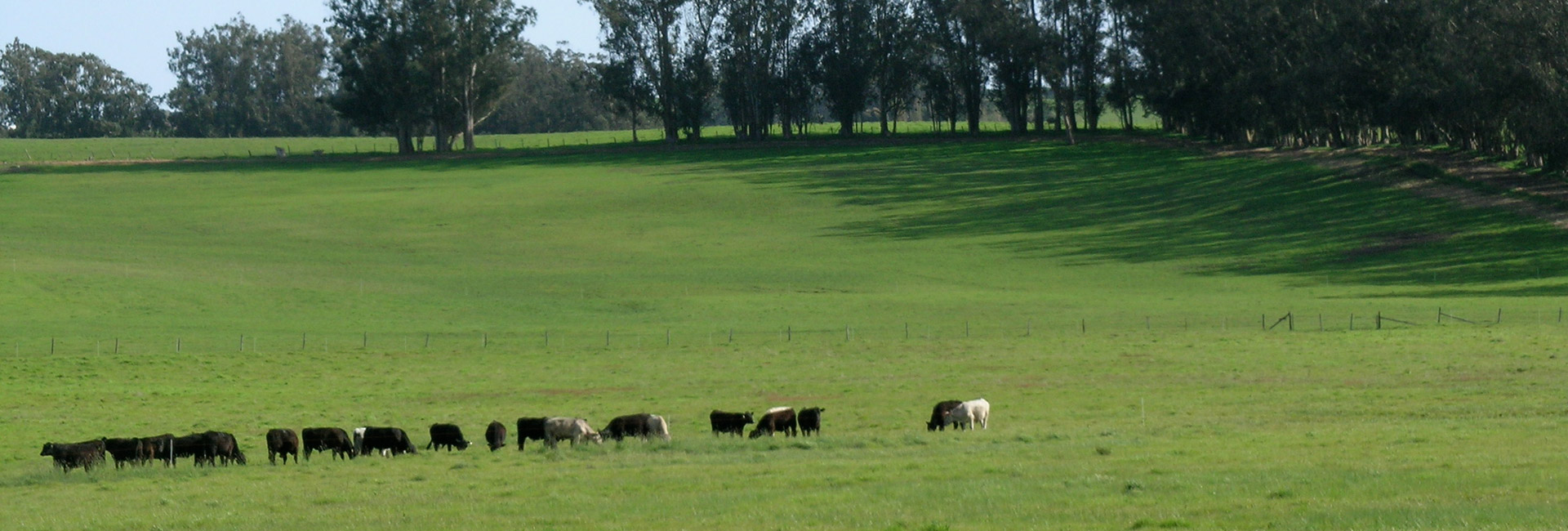The Nutritional Value of Grass Finished Beef
Extensive research highlights
The general public has been made to believe that beef is beef, but that is simply not true. How animals are raised, fed, and processed makes a tremendous difference in nutritional value. For example...
Grass Finished beef has less fat than its grain fed counterparts
Grass-finished beef contains significantly less fat compared to grain-fed beef, often having a fat content similar to that of skinless chicken. This results in lower saturated fat levels, fewer calories, and reduced cholesterol. Choosing grass-finished beef not only offers a healthier option but also supports a balanced diet with clear nutritional advantages.
Grass-finished beef has a significant amount of omega-3 fatty acids
Grass-finished beef is rich in omega-3 fatty acids, a heart-healthy fat commonly found in seafood. These essential fatty acids support cardiovascular health and are crucial for every cell in your body. However, omega-3 levels diminish significantly when cattle are grain-fed for extended periods. By feeding cattle grass, you ensure that your beef is packed with beneficial omega-3s, whereas grain feeding leads to a loss of these vital nutrients.
Grass-finished beef is significantly higher in key vitamins and minerals
Grass-finished beef is notably richer in essential vitamins and minerals. It offers higher levels of Vitamins A and E, as well as crucial minerals like calcium, magnesium, and potassium. This makes it a superior source of nutritional building blocks. You benefit once more.
Cattle are initially fed a natural diet of milk and grass, but most are moved to Feed Lots where they're fattened on grain, corn, and soy.
This approach prioritizes quantity over quality, resulting in beef with lower nutritional value compared to grass-finished options.
Cattle are ruminants, designed to convert plant protein into high-quality muscle. They struggle to digest grains due to a lack of enzymes for starch metabolism. Feeding cattle grains results in poorly digested food, reduced nutritional value, and increased fat in the beef.
What we want is simple:
Healthy animals producing healthy food. Ideally, this means a locally raised steer that enjoys green pastures, clean spring water and is in top condition at harvest.
| Parameter | Grass-Finished Beef | Grain-Finished Beef |
|---|---|---|
| Fat Content | Lower total fat, less saturated fat | Higher total fat, more saturated fat |
| Omega Fatty Acids | Higher in Omega-3, better omega-3 to omega-6 ratio | Higher in Omega-6, less optimal omega ratio |
| Vitamins & Minerals | Higher in Vitamins B12, E, and essential minerals like iron and zinc | Lower levels of these vitamins and minerals |
| Antioxidants | Contains more antioxidants like carotenoids and tocopherols | Fewer antioxidants compared to grass-finished |
| Caloric Value | Fewer calories per serving due to lower fat content | Higher calories due to increased fat content |

